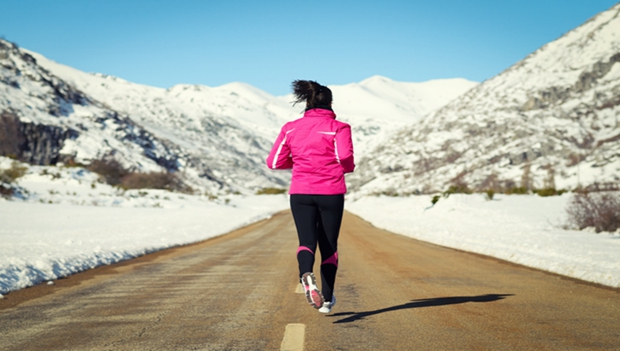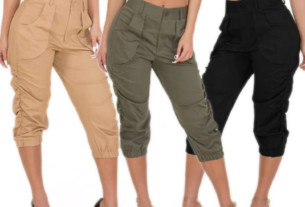According to current statistics, in 2020, over five million people aged 14 and over often jogged – or did a forest or cross-country run. The numbers make it clear how great the interest in running.
Nevertheless, it cannot be denied that many joggers lose their motivation in the winter months. Your immune system is even strengthened by the cold if you go running regularly. Because as the saying goes: there is no such thing as bad weather, just wrong clothing.
Which Running Clothes Are Suitable For Winter?
Due to the low temperatures, many joggers tend to dress too warmly – this can lead to a build-up of heat and the common cold. Therefore, always choose your running clothes for the winter wisely. The onion principle is also a tried and tested system here, as the air between the layers can better store body heat. And another tip: It doesn’t matter if you freeze in the first five minutes, as your body will heat up sufficiently after the first few steps. What is important for the individual layers is explained in more detail below.
How To Protect Your Upper Body While Running
The Running Cap The
the fact that we give off a large part of our body heat through our heads is just a myth. Nevertheless, it is advisable to wear a loud cap or at least a headband (to protect the ears). However, make sure to use thin and breathable materials so that your head does not overheat while jogging.
Running clothes When it comes to running clothes for winter, you should pay attention to the materials and the fit. Because the fact is: If things sit too loosely, cold air can collect between the layers and cool the body. Fast-drying and breathable synthetic fibers (e.g., polyester and polyamide), which transport wet sweat away from the body, are best suited. To increase blood circulation in the legs, you can also put on running clothes with compression.
The Running
top So-called softshell running jackets are best suited for cold days: They are lighter than normal jackets, windproof and water-repellent (ideally), and breathable. The textiles must fit closely to the body without restricting your movements so that the warm air cannot escape. You can wear a short-sleeved running shirt or a long-sleeved thermal shirt underneath, for example – depending on how cold it is outside.




